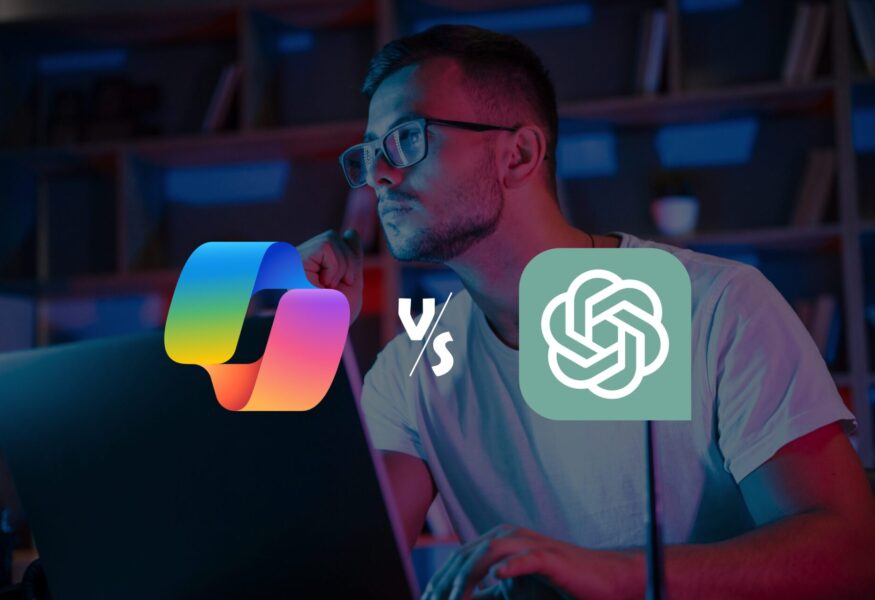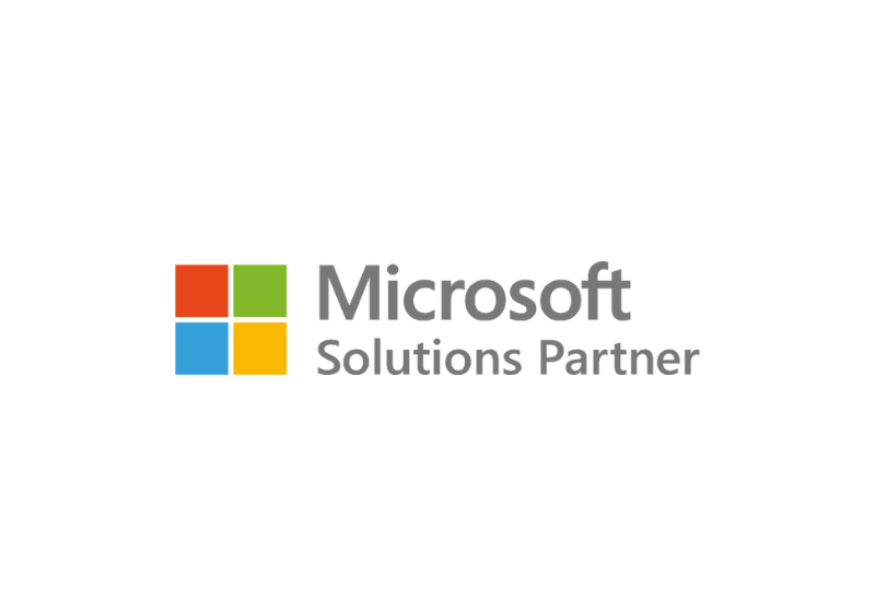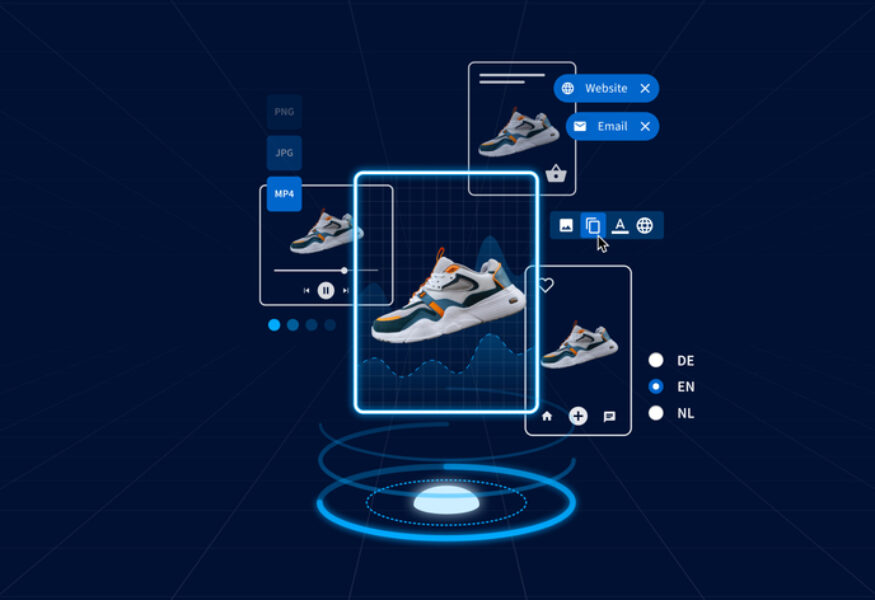The classic combination of a fixed desk and a desktop is history. Employees’ expectations have changed, and this is reflected in the way the modern digital workplace is organised. Laptops, for example, are making a comeback after never really being gone, so long as the right software and admin options are provided.
Belgian companies are modernising, but employees aren’t dragging their feet either. “They now expect to have the tools to be able to work anywhere in a flexible way”, says Thijs Paepen, Sales Manager Cloud Solutions at the Business & Cloud integrator Ctac. We asked Ctac for their views on how our modern workplace is changing.
Modern factor
“The modern workplace is an important factor both today and for the future”, says Paepen. “Employees expect to be able to sit at home or in another location and be able to do their job just as well from their mobile device as if they were at their regular desk in the office.”
He argues that the right tools in the right hands make a world of difference. “We can see that when we provide people with the tools they need, they also become happier in their work. A colleague who has the freedom to work flexibly anywhere does their job better and more efficiently.”
“What the right tools are will depend on the organisation and the employee in question. There are a thousand and one solutions such as Teams, SharePoint, PowerBI, ToDo and Task&Planner. Microsoft has been a strong advocate of the modern workplace and facilitates it”, says Paepen. At Ctac, they believe Microsoft, who are very popular in Belgium, to be the best vendor for facilitating this right now. “They invest a lot in the modern workplace, and they offer a very broad range of options.”
Laptop or VDI?
The first decision you need to make as a company relates to the hardware. To support flexible and modern working, there are two basic options. “You can go down the virtual road with a desktop solution that runs entirely in the cloud“, says Ramsy Lowes, Pre-Sales Architect at Ctac. “In the Microsoft context, this means a Windows Virtual Desktop (VDI) environment.” With this kind of architecture, the actual endpoint an employee uses doesn’t really matter. With the right tools, they can access the VDI environment securely from anywhere, as long as they have a stable internet connection.
Paepen and Lowes have noticed that physical laptops, in particular, are gaining ground. “People have worked with a thin client and a connection to their own servers or the cloud, without any problems, for a long time”, says Lowes. “But with the pandemic, Microsoft Teams really took off. Employees want to share files and make video calls. A thin client solution doesn’t really suit this style of working. The quality of video calls is definitely limited by that technology.” This makes sense: even at the start of the pandemic, organisations were struggling with the traffic load that was passing through their central networks and VPNs. A VDI-based solution drives all the traffic through one central location, which isn’t really necessary.
“A physical laptop solves this problem”, says Lowes. What’s more, a physical device has many other benefits. “The ease of use speaks for itself: all the applications are included in a familiar start menu, which the less tech-savvy employees are also used to working with. Microsoft applications are also perfectly designed for teamwork, so you can work anywhere. Of course, you can also work offline, which isn’t possible if you’re using a thin client. With Microsoft Teams, you can also integrate your entire phone and call centre infrastructure with the Office apps to further support flexible teleworking.”
Easy to manage
From the company’s point of view, a physical laptop is not a complex matter either. Ctac manages its own laptops and other mobile devices using the Microsoft Endpoint Manager, which contains Intune. “This allows you to fully automate the installation of business applications on laptops. That way, it’s usually easy to set you up to work offline”, says Lowes. Different options are available depending on the company’s needs. In addition to the standard version for the modern workplace, there is also a highly secure modern workplace using Microsoft Defender and the Microsoft 365 E5 licence, where security notifications are sent to a central dashboard. Companies can also rely on assistance from a partner for this. “Many organisations no longer have an extensive IT department.”
Ctac works with an Endpoint Application Management (EAM) system to keep companies’ applications up to date. Lowes: “EAM provides fully automated lifecycle management of applications, including updates and patches.” According to both men, it is important not to disrupt end users with questions about updates, as this hinders productivity and, in reality, just confuses and irritates many people.
Automatic configuration
Ctac now supports automatic onboarding where a fully configured device is delivered from the factory to the end-user’s home. “When they take it out of the box, they see their company logo, followed by a wizard for Wi-Fi connectivity”, says Lowes. “All the necessary programmes are then automatically configured and all the available applications appear on the laptop.”
Lowes and Paepen are totally convinced that the modern workplace is built on the foundation of modern physical devices, but they point out that this approach also involves challenges. “Sometimes companies have legacy applications that simply don’t run on a modern Windows 10 PC”, admits Lowes. “In that case, organisations can opt for a hybrid approach, where specific applications are packaged via Azure Virtual Desktop and are available virtually on the laptop, although the application appears to the user to be running locally in a window.”
What about back-ups and data retention?
Lowes notes one other significant pitfall when companies embrace the modern workplace based on Windows 10: the back-ups. “There is an important misconception among people. They think everything is managed automatically when using Microsoft 365, but that’s not true. You remain responsible for your own data. Microsoft has a specific retention policy as standard. Experience has shown that this generally does not match the rules that organisations impose on themselves with regard to back-ups and retention times.”
Paepen agrees. “In the past, organisations ran Exchange on-premises, which was usually properly configured. Nowadays, it is still down to companies to develop their own retention policy. However, we have noticed that many organisations aren’t aware of this.” In practice, Microsoft 365 does have a recycle bin function, but data disappears after 90 days. This can be critical, for example, if someone accidentally deletes emails that then turn out to be crucial a few months later.
The solution to this is to combine an approach using physical laptops built around Microsoft 365, with an external back-up function that focuses mainly on compliance and long-term retention. The employees’ data is exported from the Microsoft environment for this purpose and, in Ctac’s case, ends up in a back-up data centre on European soil.
Belgian inertia
In comparison with the Netherlands, the attitude in Belgium to adopting a modern workplace approach is still rather disappointing, according to Paepen. “The Netherlands is often a trailblazer, while we sometimes lag behind in Belgium. We do see ambitious IT managers who quickly nudge organisations in the right direction. Companies that rapidly embrace a modern way of working will gain an important competitive edge in the short term”, he concludes.












